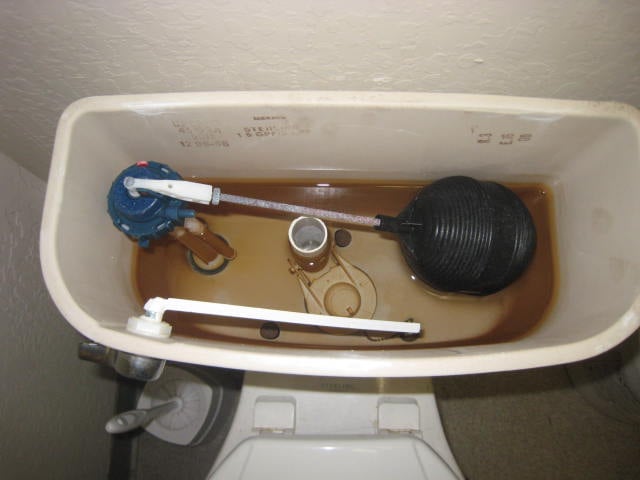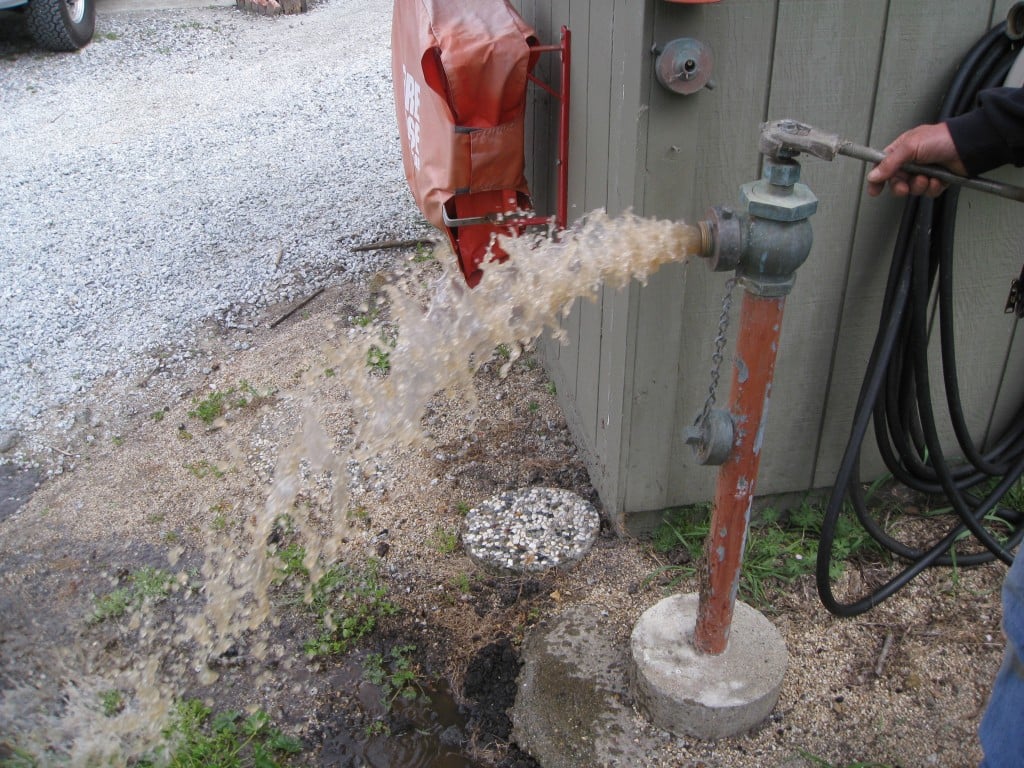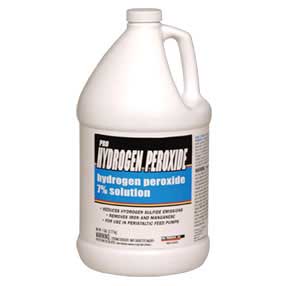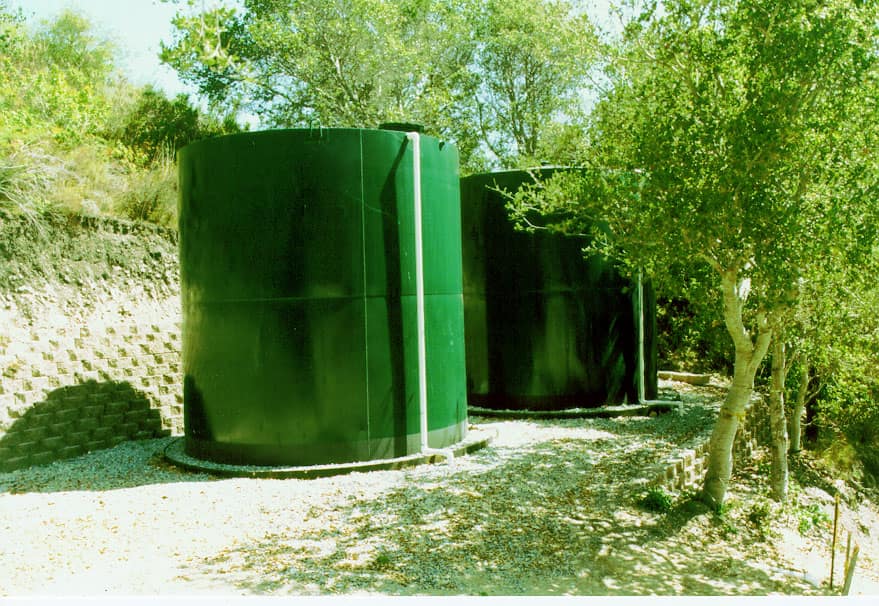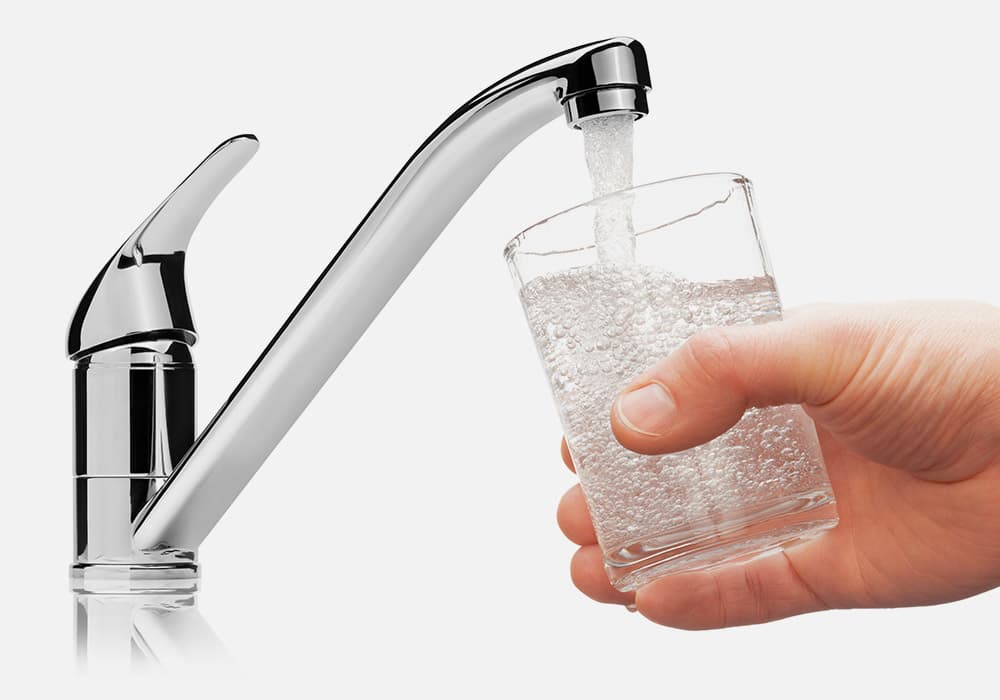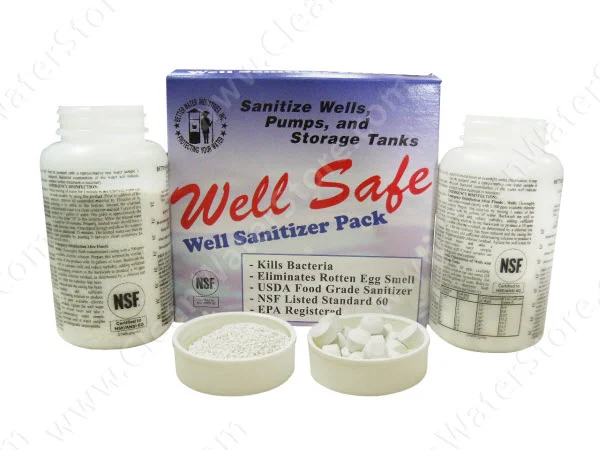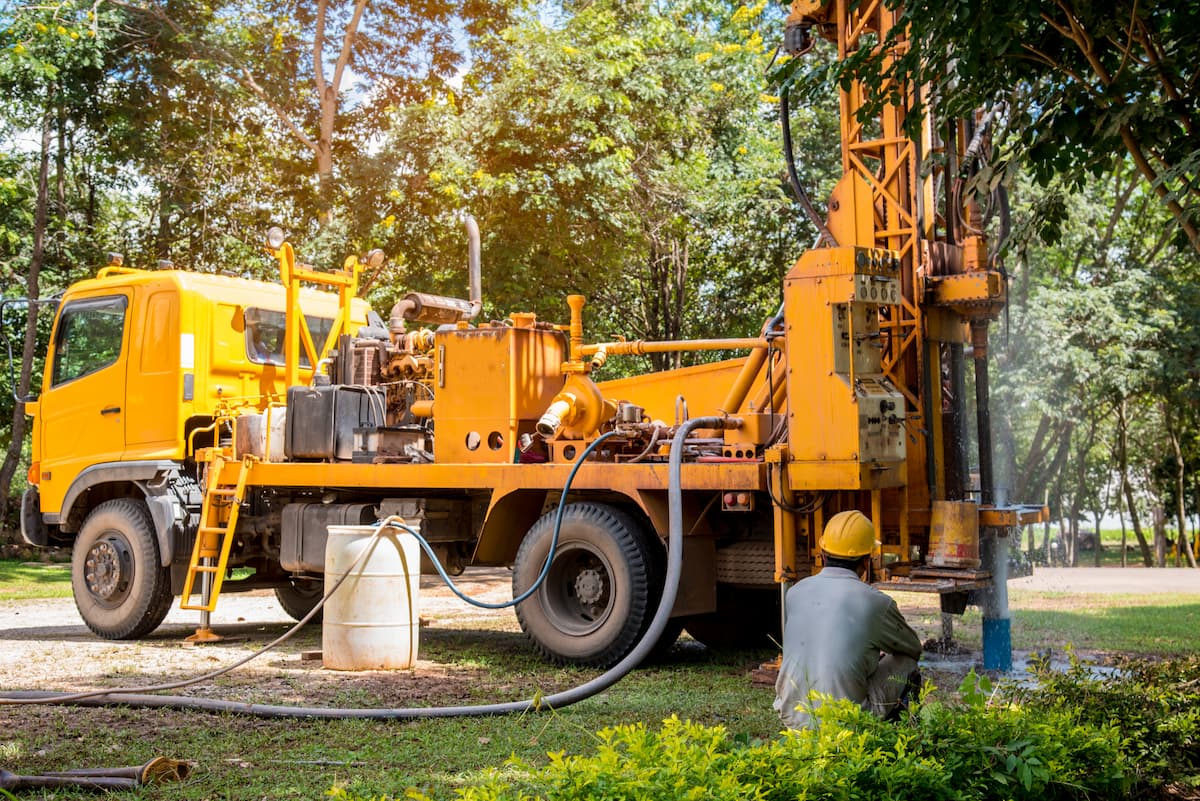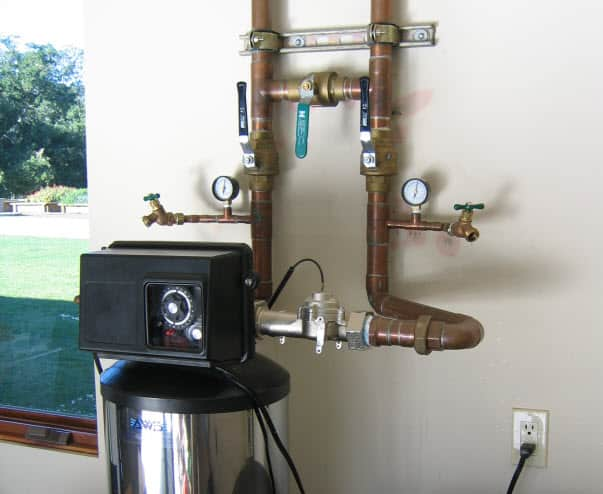Odor in Well Water
Odor in Water: Understanding Well Water Issues
Odors in well water, which can affect the quality of drinking water, are commonly caused by iron and/or sulfur bacteria or compounds of iron, manganese, and sulfates.
For example, hydrogen sulfide gas (“rotten egg odor”) frequently occurs in well water due to decaying organic matter, the activity of sulfates, and various species of sulfur or iron bacteria.
These bacteria can be removed in a number of ways, but the first, most basic step you can take is to:
1. Causes of Odor in Well Water
Well water can sometimes have an unpleasant odor, which can be caused by various factors. Understanding the causes of odor in well water is essential to determine the best course of action to eliminate the issue.
1.1 Hydrogen Sulfide Gas
Hydrogen sulfide gas is a common cause of odor in well water. This gas is produced by bacteria breakdown of organic matter, such as plant and animal waste. Hydrogen sulfide gas has a characteristic “rotten egg” smell and can be present in well water due to various factors, including:
- Presence of sulfur-reducing bacteria in the well or plumbing system
- High levels of organic matter in the well or surrounding soil
- Poor well maintenance or construction
1.2 Iron Bacteria
Iron bacteria are another common cause of odor in well water. These bacteria thrive in environments with high levels of iron and oxygen, and can produce a slimy, reddish-brown substance that can clog pipes and fixtures. Iron bacteria can cause a range of odors, from a mild, earthy smell to a strong, metallic odor.
1.3 Other Contaminants
Other contaminants, such as volatile organic compounds (VOCs), pesticides, and heavy metals, can also cause odors in well water. These contaminants can enter the well through various means, including:
- Agricultural runoff or nearby industrial activities
- Leaks or spills in the well or surrounding area
- Poor well construction or maintenance
2. Effects of Odor in Well Water
Odor in well water can have various effects on the water supply and the people who use it.
2.1 Health Risks
While most odors in well water are not a health risk, some can be a sign of underlying issues that can affect human health. For example:
- Hydrogen sulfide gas can be toxic in high concentrations, causing respiratory problems and other health issues.
- Iron bacteria can cause gastrointestinal problems and other health issues if ingested.
- VOCs and other contaminants can have a range of health effects, from mild irritation to serious health problems.
It’s essential to identify and address the cause of odor in well water to ensure the water supply is safe and healthy for consumption. Regular testing and maintenance can help prevent odor issues and ensure the well water is of good quality.
1. Check Your Toilet Tank
Unless it is new or has recently been cleaned, your toilet flush tank can offer a wealth of useful water quality information! Simply lift the cover and look in.
If you see slimy rust deposits on the sides of the tank and frothy bubbles in the tank water, this may indicate the presence of iron bacteria. Furry, stringy red or black growths can also indicate the presence of iron or sulfur bacteria, respectively. Additionally, an unpleasant water smell can be a sign of bacterial growth or other contaminants.
2. Check for Rotten Egg Smell in Cold & Hot Water
Run a hose bib or tap as close to the well as possible, fill a 5-gallon bucket or another container, and check the tap water for odors. If you smell a “rotten egg” odor, this is hydrogen sulfide gas.
If the tap water smells like oil or asphalt, manganese can be the cause. Iron and/or sulfur bacteria are usually the cause if it smells like cucumber or sewage.
Run hot water from each tap to determine if there is an odor in the hot water that is not in the cold water. If so, this indicates a problem with the water heater.
Iron and sulfur bacteria can interact with the anode rod in water heaters, resulting in hydrogen sulfide gas only in the hot water. Changing the anode rod to an aluminum rod can often solve this problem.
It is recommended that you drain your water heater at least once per year. This will flush out sediment that may accumulate at the bottom and give you an idea of your sediment’s type and color, if any are present.
If your toilet tank, water heater, or water tap appear to exhibit symptoms of bacterial contamination, your next plan of action should be to:
3. Test Your Water
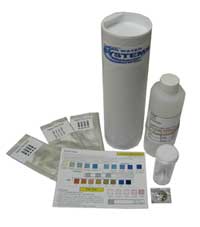
If there is an odor problem with the water supply, the first step is to determine the source. A general mineral water analysis is critical to selecting the correct system if the source is directly from the well.
At minimum, tests should include pH, iron, manganese, hardness, total dissolved solids, and oxidation-reduction potential analysis.
Additional tests for sulfate, hydrogen sulfide, and tannin are recommended. Take the sample as close to the well as possible.
Testing for free chlorine levels is also important, as typical concentrations in public water supplies range from 0.5 to 2.0 PPM.
With these results, you can identify the best type of water treatment and system to select based on your water chemistry. Avoid in-home water testing by water softener salespeople during sales demonstrations.
If your water source is a public system and you experience problems with odor, it is important to contact a utility official to determine whether the odor is from the public system or from your home’s plumbing or piping.
Once you’ve identified the contaminants in your water, the next step is to:
4. Determine Well Water Flow Rate
Before you begin researching water treatment systems, you'll need to know your well's flow rate, as every system has certain pressure or flow rate requirements. Grab a 1—or 5-gallon bucket and a watch or clock to determine your well's flow rate.
1. Open any hose bib or faucet until the pump turns on. 2. Close the hose bib or faucet and let the pump fill up the pressure tank until it turns off. 3. Using a 1 or 5-gallon bucket, open the faucet and collect and measure all water discharged until the pump turns on. 4. When the pump turns on, immediately close the faucet and start the pump cycle. 5. When the pump turns off, record the pump cycle time to refill the pressure tank in seconds. 6. Divide the number of gallons collected in Step 3 by the number of seconds in Step 5. 7. Multiply the answer from Step 6 by 60. 8. The answer in Step 7 is the average pumping capacity of the pump in gallons per minute (GPM).
5. Choose a Disinfection Method
The most common method of killing odor-causing bacteria in water is to inject liquid chlorine into the water as it flows through your pipes. Using a chlorine bleach solution to flush and disinfect water heaters can also be effective, but consulting a professional for proper implementation is important.
You might also choose to use a chlorine pellet feeder or even a metering pump with hydrogen peroxide instead of chlorine.
Note that these options generally necessitate the inclusion of a carbon filter to remove trace tastes and odors from chlorine/peroxide and a contact tank to ensure sufficient contact time between the disinfecting solution and bacteria.
Another option is to use ozone injection to kill bacteria and oxidize iron and manganese for filtration.
Or you could use an oxidizing iron filter to oxidize iron and remove hydrogen sulfide gas with one system. These systems use either air, chlorine, hydrogen peroxide, or ozone to oxidize iron and kill bacteria.
6. Install Your System
Learn more about well water odors on our website, and browse our large selection of odor-removing systems in our online store.
Once you've found the right system, read our installation guides to learn how to install and use it.
We are here to help at any step along the way!
This guide from the Minnesota Department of Health provides more information on odors in well water and their causes.
We are here to help at any step along the way!

